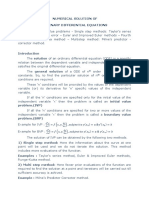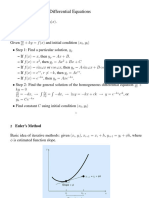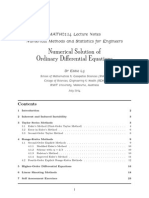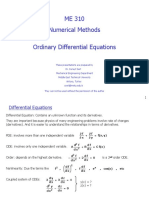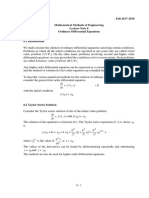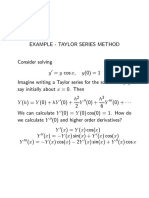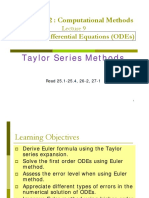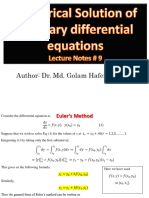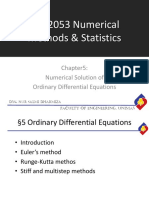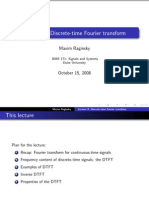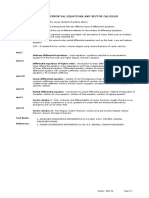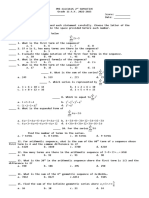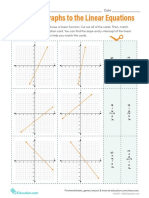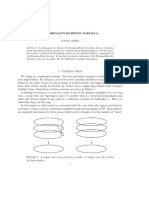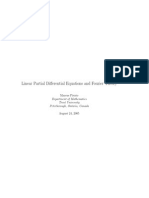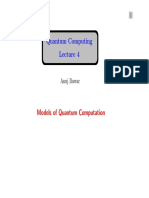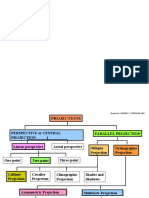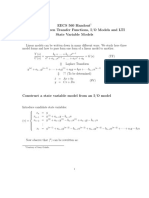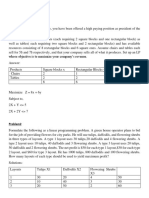0% found this document useful (0 votes)
124 views41 pagesNumerical Methods Unit IV
The document discusses various numerical methods for solving initial value problems for ordinary differential equations, including Taylor series, Euler's method, modified Euler's method, Runge-Kutta methods, and predictor-corrector methods like Milne's method. It provides examples of applying these methods to solve sample initial value problems and calculating solutions at given points.
Uploaded by
Manoj SolankiCopyright
© © All Rights Reserved
We take content rights seriously. If you suspect this is your content, claim it here.
Available Formats
Download as PDF, TXT or read online on Scribd
0% found this document useful (0 votes)
124 views41 pagesNumerical Methods Unit IV
The document discusses various numerical methods for solving initial value problems for ordinary differential equations, including Taylor series, Euler's method, modified Euler's method, Runge-Kutta methods, and predictor-corrector methods like Milne's method. It provides examples of applying these methods to solve sample initial value problems and calculating solutions at given points.
Uploaded by
Manoj SolankiCopyright
© © All Rights Reserved
We take content rights seriously. If you suspect this is your content, claim it here.
Available Formats
Download as PDF, TXT or read online on Scribd
/ 41





